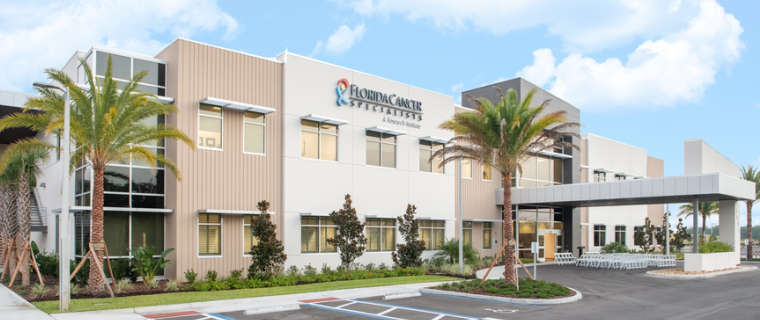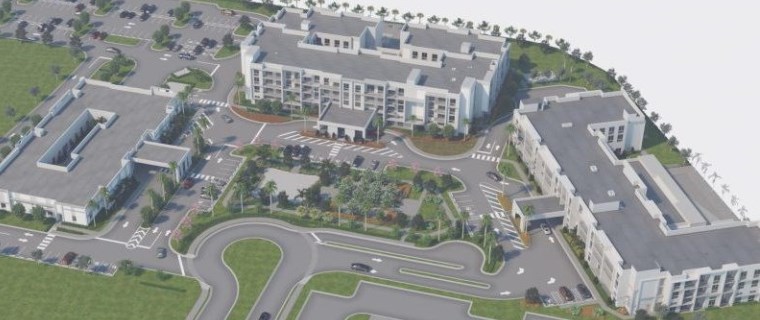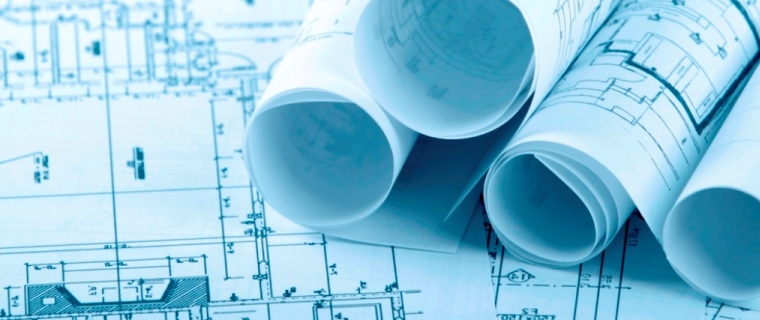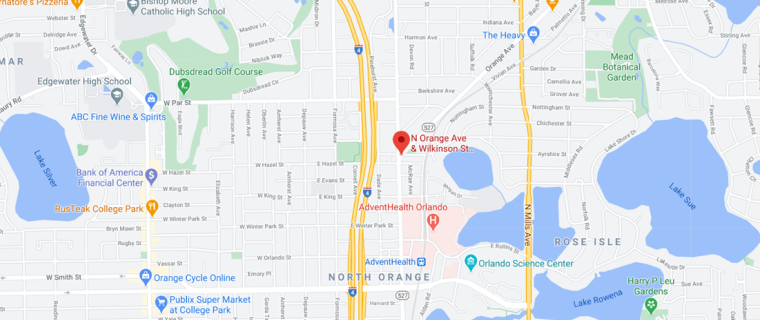Owner and operator of senior living facilities Royal Senior Care has secured $41.9 million in construction financing for the development of a 217,123-square-foot, luxury senior living facility in Miami.
The healthcare group of the commercial bank, BHI, arranged the financing on behalf of the borrower, Royal Senior Care. BHI provided $31.9 million in financing for the project and Coastal States Bank has provided $10 million in financing.
The facility, Oasis at Coral Reef, will comprise three buildings situated on an 8.7-acre campus. Located adjacent to Jackson South Medical Center, the facility will offer 201 catered living, assisted living and memory care units, as well as a restaurant-style dining, boutique hotel décor and various luxury amenities.
The project is currently under development.
The financing represents BHI’s second transaction on behalf of Royal Senior Care. In 2018, the commercial bank arranged refinancing for Royal Senior Care’s Oakmonte of Davie senior housing facility in Davie, FL.
“BHI has proven to be a highly supportive partner over the years,” states Sean Kanov, managing director of Royal Senior Care. “BHI’s healthcare team is expert in the intricacies of the senior living sector and understands our business. We are very pleased to collaborate with them again.”
“Although 2020 was a challenge for many senior living, assisted living and memory care operators, BHI believes in the outlook and demographics of the business,” says Tami Antebi, first VP and head of BHI Healthcare. “We continue to support our clients and provide financing in the sector. Royal Senior Care has a keen understanding of the market. Its communities with their exceptional amenities offer great appeal for residents.”
“BHI aims to build long-term relationships with clients by becoming acquainted with their business objectives and providing tailored financial solutions to meet them,” says Steven Caligor, EVP and division executive of structured finance group at BHI. “Royal Senior Care has a substantial track record of success in the Florida senior care industry. We look forward to continuing our productive partnership going forward.”
Source: GlobeSt.





